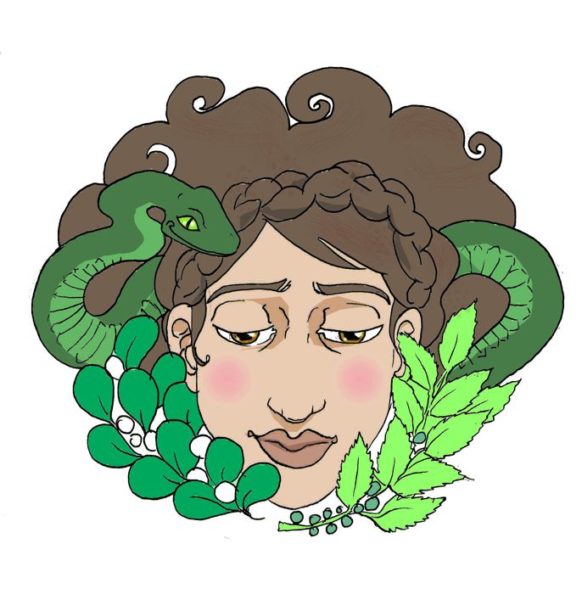
Cloacina
Cloacina was originally an Etruscan water goddess who was later adopted by the Romans and associated with Venus. She presided over the Cloaca Maxima – the great sewer of Rome and was linked to purification, cleansing, health, and hygiene. She kept the pipes clean.
She is a difficult goddess to track down and has been buried by history, her temple relegated to a drawing in an ancient history text. But perhaps Cloacina has a place with us today. Any homeowner can attest to the stress that a plumbing problem can bring, unless they happen to be a plumber, so why not call upon her to keep the guts of the house running efficiently?
You don’t have to own a home to have digestive issues. Cloacina can help with your own internal plumbing issues as well. Some Cloacina seekers have similarly linked her with mental health and keeping the mind tidy. Offer her sweetened air in the form of incense or candles, bring white flowers into your bathroom, or toss coins into water in her name to win her favor.
Other than being primarily derived from an Etruscan goddess, Cloacina is also sometimes considered an aspect of Salus, goddess of health, wellbeing, and public welfare, the Roman counterpart to the Greek goddess Hygeia.
Hygeia
Hygeia is the goddess of healing powers and medicine, health, cleanliness and sanitation. She is protectress from sickness and dangers. As one of the Asclepiadae, the sons and daughters of the Asclepius the god of medicine, Hygeia is the personification of health and hygiene. She is associated with mistletoe and depicted with a vessel and a snake. Her feast day is May 27th.
Hygeia is easier to find in history and historical studies than Cloacina. Statues of her seemingly offering a potion to the snake that winds around her torso have been made over the centuries in several different art styles, and can be found at colleges of physicians and pharmacy. The Bowl of Hygeia has become the international symbol of pharmacy. She has been painted by Klimt and Rubens.
Similar to Cloacina, Hygeia was linked with Aphrodite (Greek counterpart to the Roman Venus). As the protectress of mental health, she has been linked with Athena. Also similar to Cloacina, her story is unclear. She is sometimes talked of as the wife of Asclepiadae, not his daughter, and the two were on near equal footing in terms of veneration and followers. They represented two aspects of life and health: hygiene and wholeness along with medical miracle.
One in the Same?
I am not a historian of Greek or Roman culture or religion. I am an eager student, but I have noticed in decades of reading about the gods and goddesses of the ancient world, in semesters of college history classes, that the tendency of gods to have near mirror counterparts in other countries was and is a reliable happenstance. The way I first learned it, is that the Roman’s adopted a kind of copy of the Greek god and goddess pantheon, but I have since come to know that it is more complicated than that. To me, Hygeia and Cloacina strike amazingly similar profiles even though they have only tenuously been linked. Could they be two aspects of the same goddess? True counterparts?
